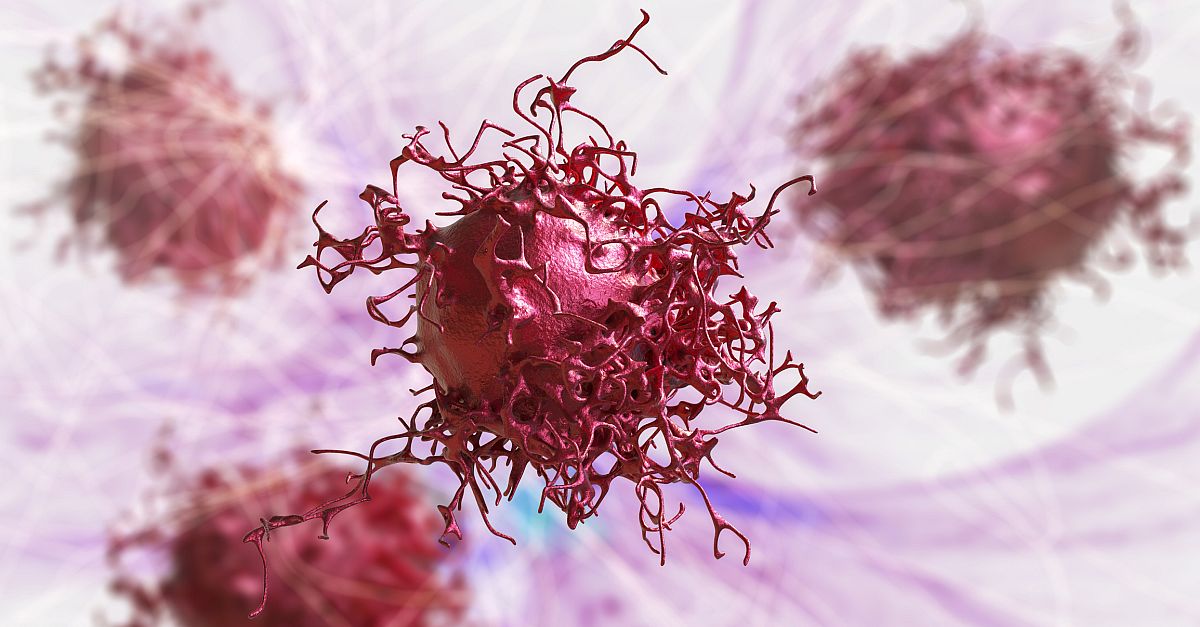The efficacy and effectiveness of human papillomavirus (HPV) vaccination in preventing major oncogenic types of HPV (HPV infection, genital warts, and high-grade cervical lesions) has been well established. However, data to inform the relationship between quadrivalent HPV vaccination and the subsequent risk of invasive cervical cancer are lacking. To address this gap, Dr Jiayao Lei and colleagues conducted a population-based cohort study of 1.7 million girls and women age 10 to 30 years from the Swedish Total Population Register. The study, published in the New England Journal of Medicine, found that the HPV vaccine substantially reduced the risk of developing cervical cancer, especially in women who were immunized at a younger age.
All HPV-vaccinated women received a quadrivalent vaccine, which covers HPV types 6, 11, 16, and 18. Cervical cancer was diagnosed in 19 women who had received the vaccine, and in 538 women who had not received it. Cumulative incidence of cervical cancer was 47 cases per 100,000 persons among women who had been vaccinated, and 94 cases per 100,000 persons among those who had not been vaccinated.
Reduction in incidence of invasive cervical cancer was more pronounced among women who received the vaccine at a younger age. The risk of developing cervical cancer was reduced by 88% in women who had been vaccinated before age 17 and by 53% in those vaccinated between ages 17 and 30, according to the study. Cumulative incidence of cervical cancer by age 28 was 4 cases per 100,000 persons among women who had initiated vaccination before age 17, and 54 cases per 100,000 persons among those who initiated vaccination at age 17 to 30 years. After adjustment for all covariates, the incidence rate ratio was 0.12 among women vaccinated before age 17 and 0.47 among those vaccinated at age 17 to 30 years.
High level: Among Swedish girls and women 10 to 30 years old, quadrivalent HPV vaccination was associated with a substantially reduced risk of invasive cervical cancer at the population level. Citing a previous analysis in which a herd effect of the HPV vaccination against genital warts was observed, the authors suggested that >50% vaccination coverage of girls and women in a population may have an indirect benefit for those who do not receive the vaccination. Widespread HPV vaccination coverage across health systems may therefore have significant long-term effects on the health of women.
Ground level: Vaccination has no therapeutic effect against preexisting HPV infection. Therefore, these findings support the recommendation to administer quadrivalent HPV vaccine to girls and young women before exposure to HPV infection for the most substantial benefit. If parents express concerns about the vaccine, it may be helpful to share these data and explain that the effectiveness of the HPV vaccine has been well established among millions of girls and women worldwide, with a favorable safety profile.

